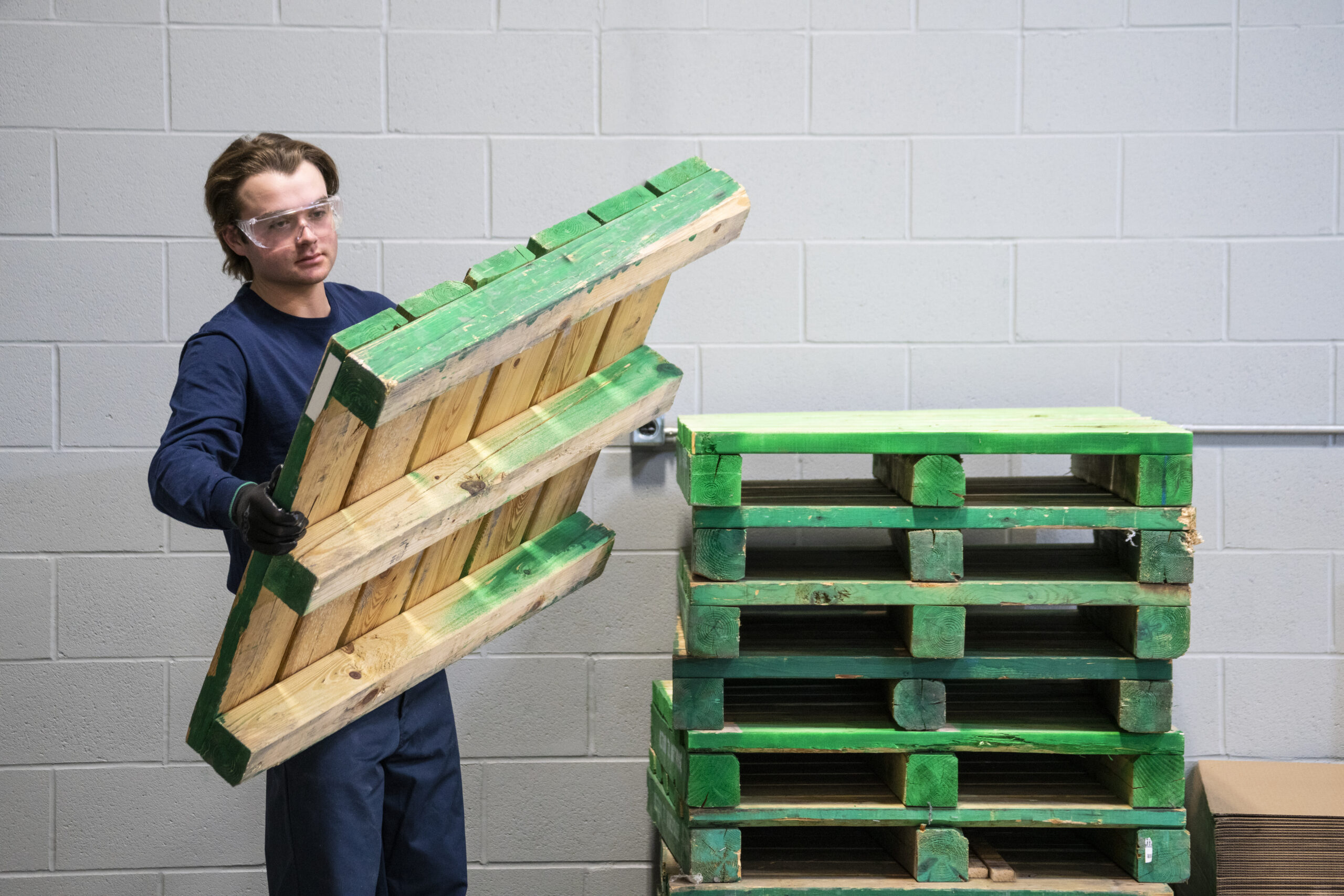Head Protection at a Turning Point – A Look at Key Findings from the ISEA & J. J. Keller Collaborative Study

The latest joint study by J. J. Keller & Associates, Inc. and the International Safety Equipment Association (ISEA) reveals that head protection practices, while improving, still face challenges that put workers at risk. Head injuries continue to be a significant safety concern across industries, particularly in sectors like construction and manufacturing. This article summarizes key insights from the study, underscoring areas for improvement and opportunities to enhance head protection standards and practices.
Why Focus on Head Protection?
Head protection has been a critical safety measure since the early 1900s with the invention of the hard hat. Today, safety helmets, hard hats, bump caps, and various standards provide multiple protective options, yet this diversity creates confusion among safety professionals. The goal of the study is to understand how safety professionals view head protection, identify gaps in knowledge and practice, and promote an industry-wide push for clarity and innovation.
Key Findings
- Challenges in Selection and Enforcement
Eighty-eight percent of respondents reported difficulties in implementing head protection. Among the top issues are getting employees to wear helmets consistently and finding head protection that fits comfortably. Heat concerns are also prevalent, with many workers removing helmets in hot environments, reducing their effectiveness. For safety managers, these challenges suggest a pressing need for headgear designs that offer comfort and heat management features.
- Knowledge Gaps in Terminology and Standards
While many professionals expressed confidence in their understanding of terms like “hard hat” and “safety helmet,” significant confusion persists. Notably, 80% of respondents mistakenly believe only helmet-style protection offers multi-directional impact resistance, when Type II hard hats can also provide this coverage. This misunderstanding highlights an opportunity for industry leaders to educate safety professionals on the distinctions between head protection types and standards.
- Gaps in Maintenance and Training
Maintenance and proper training are critical to the effectiveness of head protection gear. However, only 54% of respondents train workers on headgear maintenance, a concerning figure given the importance of regular inspections and care for both compliance and safety. Companies need to implement more frequent, comprehensive training programs and stress the importance of daily checks for cracks, wear, and impact damage.
Industry Insights: The Importance of Standards
Standards play a vital role in head protection. The ANSI/ISEA Z89.1 standard, recognized widely in the U.S., sets requirements for industrial headgear based on impact resistance and electrical insulation. However, many U.S. companies also consider European standards like EN 397 for industrial helmets and EN 12492 for climbing helmets, reflecting a need for globally informed purchasing practices.
What Workers Want: Key Features in Head Protection
The study also explored what safety professionals desire in future headgear designs. Self-cooling features to combat heat topped the list, with 47% of respondents finding it valuable. Other desirable innovations include enhanced side impact protection, rotational impact resistance, and improved recyclability. Surprisingly, helmet rentals ranked low, reflecting a preference for ownership and consistent use of familiar, personally adjusted headgear.
Building a Safety Culture
Respondents noted that while 83% feel their companies have a strong safety culture, only 75% believe headgear is worn correctly most of the time. Confidence in choosing the right gear varies, with a need for continuous improvement in safety culture to enforce proper head protection usage. The report suggests regular feedback and monitoring by supervisors to ensure compliance and address any reluctance among workers to switch to newer, more protective helmet styles when necessary.
Moving Forward: A Call for Industry Action
- J. Keller and ISEA’s collaborative study reveals that while head protection technology has advanced, much remains to be done to optimize safety practices across industries. Better education, standardized training, and innovations in headgear design can all contribute to reducing head injuries and ensuring that employees return home safely. This report serves as a catalyst for further discussions, pushing for updated industry standards and fostering a safer work environment for all.
Blog Posts
Latest Posts
Related Posts





